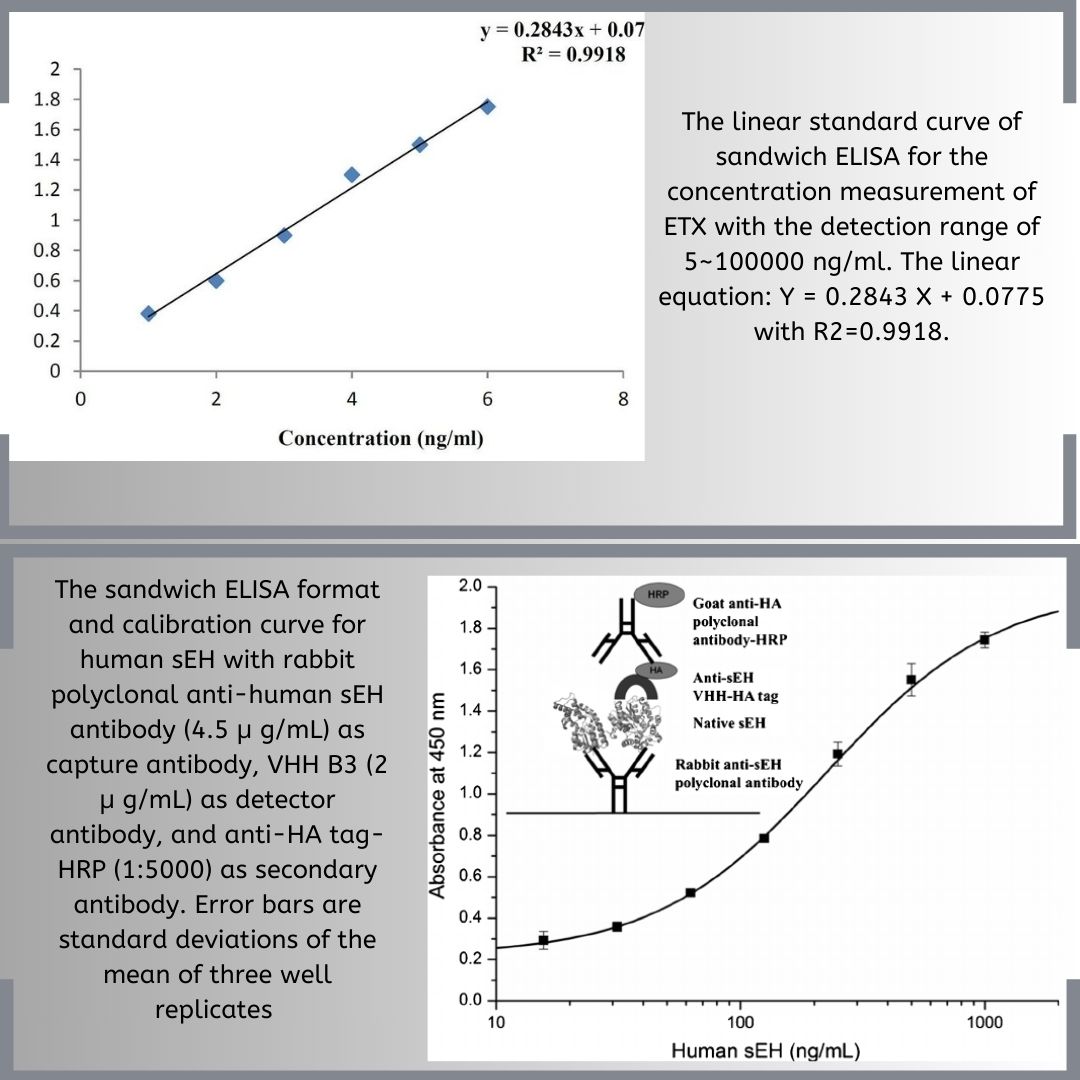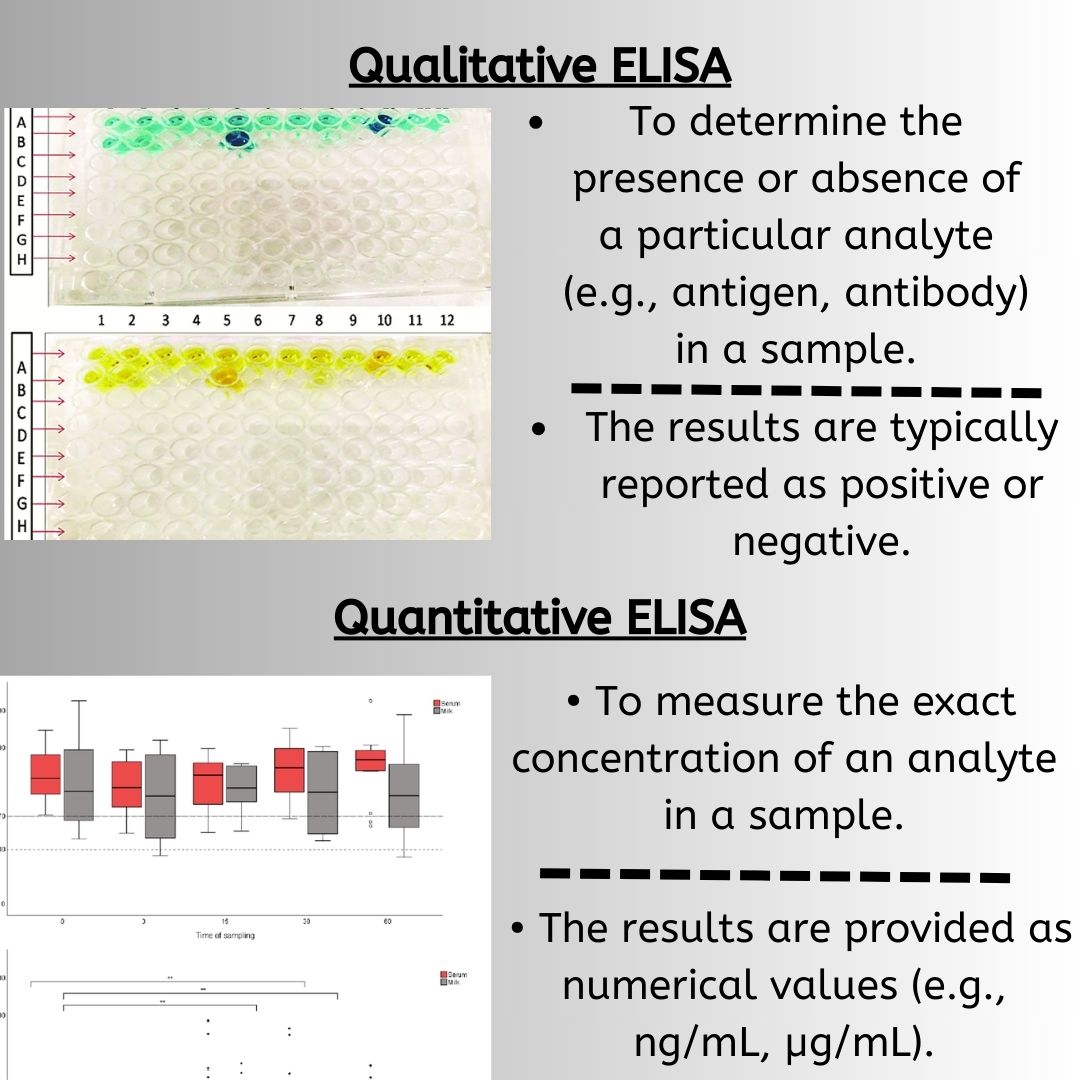Fabry disease is an inherited condition that occurs as the result of a deficiency in the enzyme responsible for the breakdown of a fatty substance known as globotriaosylceramide. This fat is normally broken down so it can be removed or recycled for other functions. When it is not effectively broken down, it accumulates in various parts of the body such as the cells of the blood vessels, kidneys, heart, and the brain. The complete absence of this enzyme results in the severe form and the decreased activity causes the milder form of this disease.
Causes
This develops as the result of a mutation in the gene GLA which is essential for the production of an enzyme known as alpha-galactosidase A that breakdowns the globotriaosylceramide. The genetic mutation results in the defect with the function of this enzyme which does not effectively break down the fatty substance. As the result, the fatty substance accumulates throughout the body at various sites such as the cells in the kidneys, nervous system and the blood vessels. As the result, the cells become damaged causing various signs that are evident with this condition. Fabry disease appears to be inherited in an X-linked manner which is one of the two sex chromosomes. As males only possess one copy of the GLA gene, the mutation causes this disease. As females have two copies of the X chromosome, one altered copy may result in a mild form of this disease or in rare cases, may present no symptoms at all.
Symptoms
Some of the symptoms associated with fabry disease include severe pain that can continue for several minutes, not able to properly sweat, tingling in the hands and the feet, skin rash around the buttocks, groin, upper thighs, the elbows or the knees and corneal pattern that usually does not affect the vision. As the damage to the blood vessels continues, additional symptoms can include problems with the heart, nervous system, stomach and the kidney.
Diagnosis
As this is a rare condition, the diagnosis can prove to be challenging as the symptoms can often be confused with other illness. However, a thorough clinical evaluation will be necessary along with the history of the family. An enzyme assay can measure the level of alpha GAL enzyme in the blood and the genetic testing can also help in the identification of the mutation that is responsible to cause this disease.
Treatment
The only treatment for fabry disease was to relieve the symptoms but this did not prevent the development of various complications such as kidney failure and heart conditions. However, recently a new form of enzyme replacement therapy has proven to be effective in reducing the fat deposits in various cells of the body.
References
https://www.kidney.org/atoz/content/fabry
http://www.fabry.org/fsig.nsf/pages/fabry
https://ghr.nlm.nih.gov/condition/fabry-disease#inheritance
https://rarediseases.org/rare-diseases/fabry-disease/



